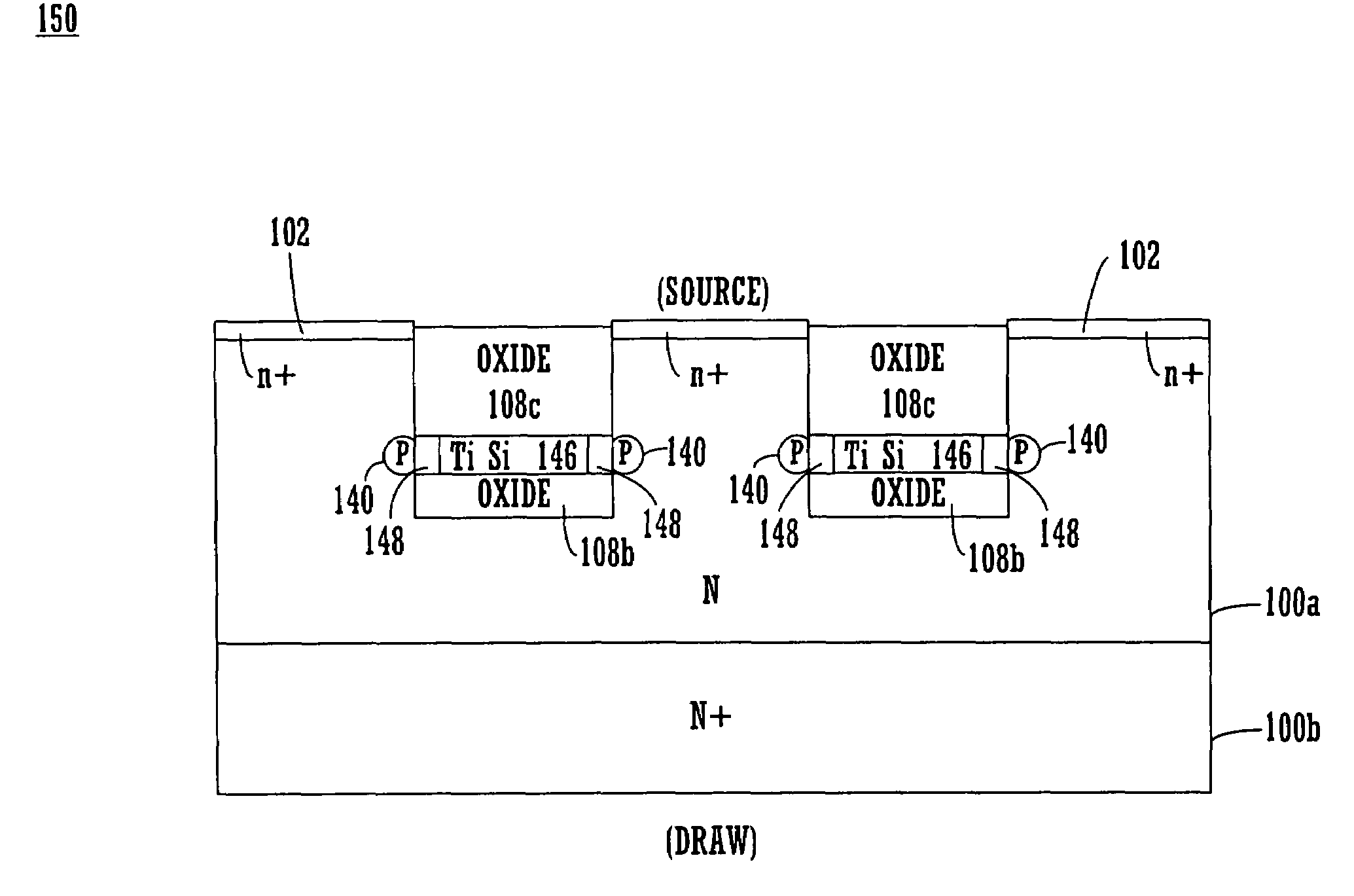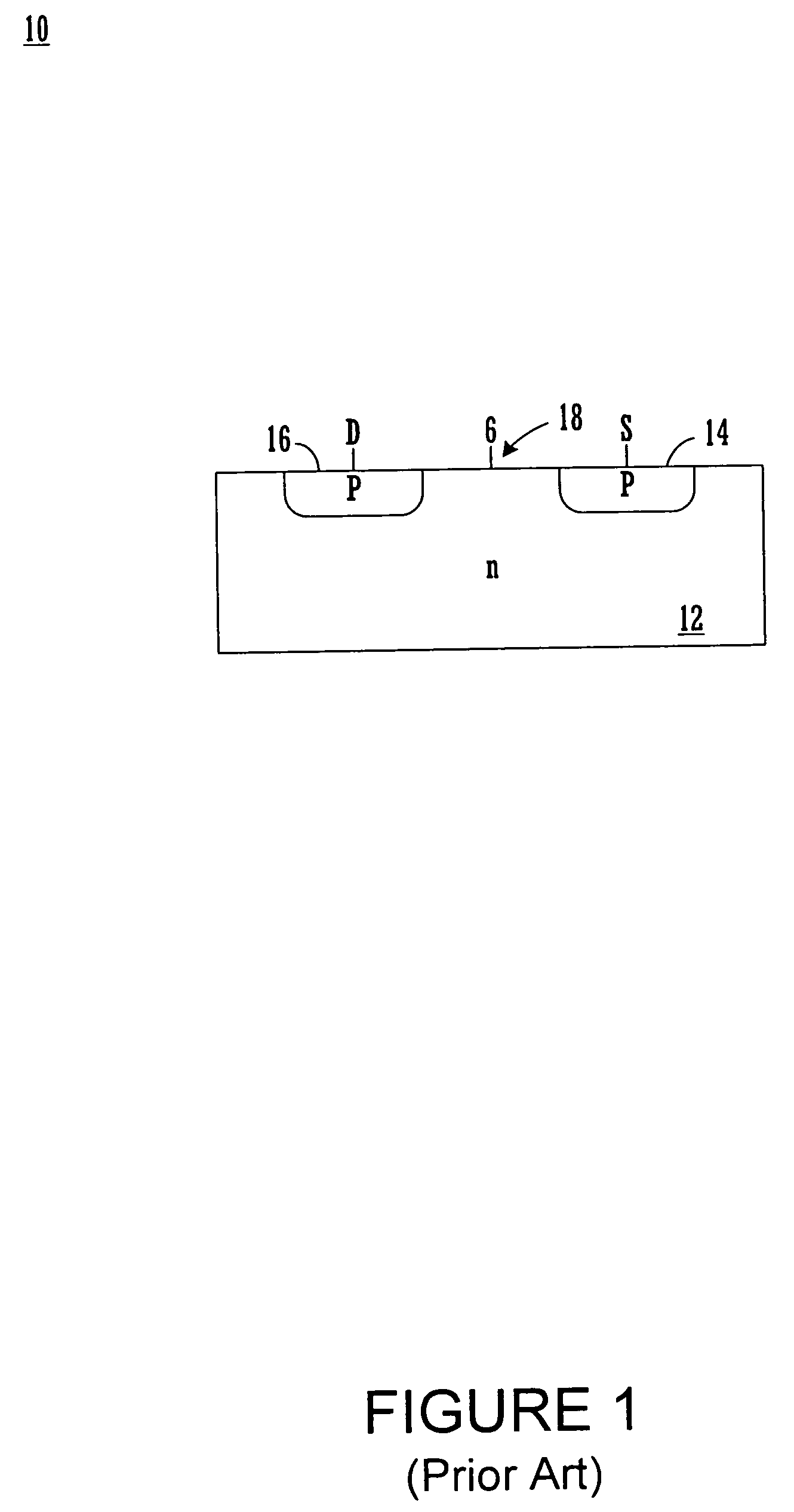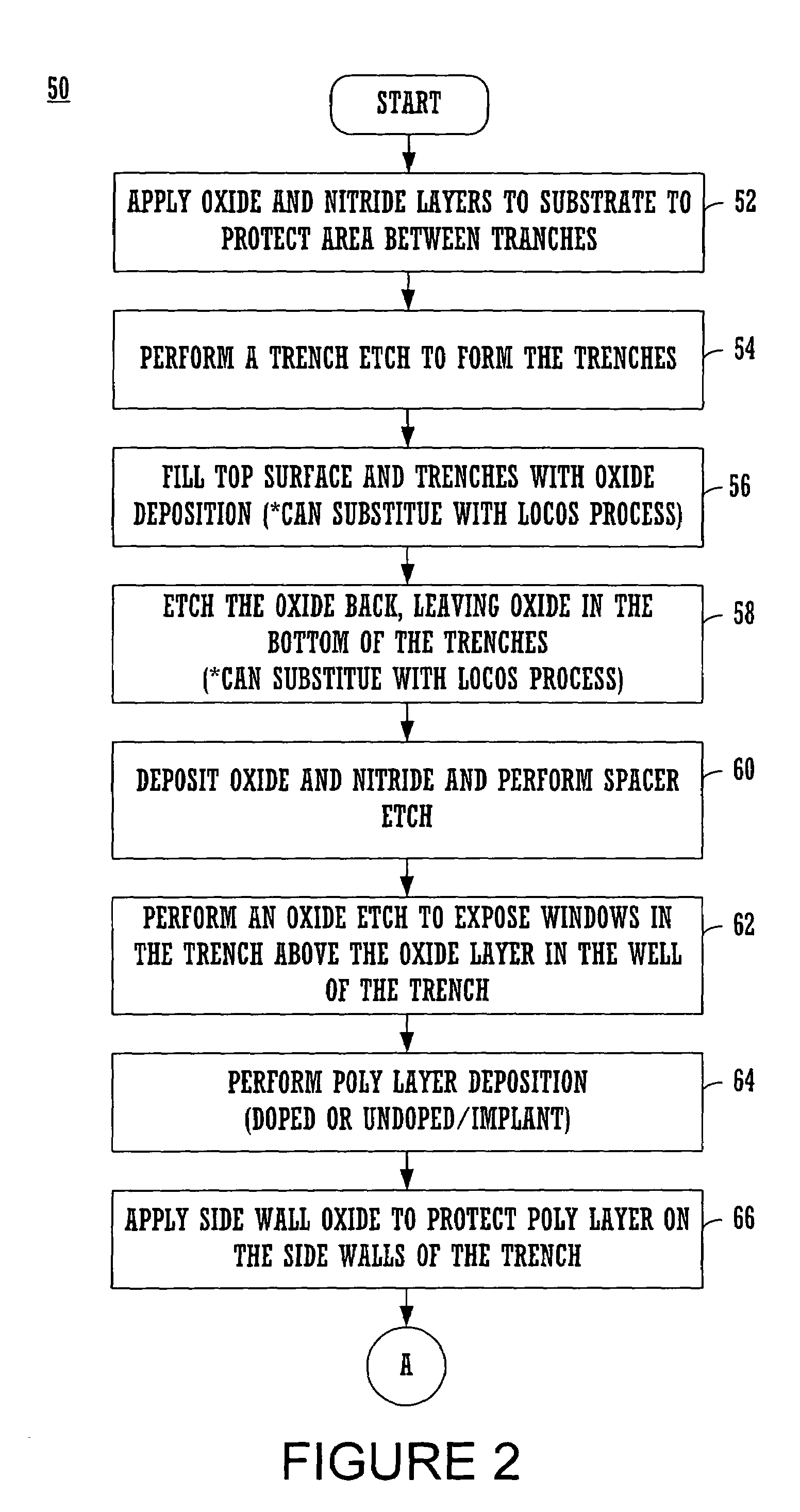JFET and MESFET structures for low voltage high current and high frequency applications
a high-current, high-current technology, applied in the direction of basic electric elements, semiconductor devices, electrical equipment, etc., can solve the problems of high transient current load, large power consumption in the rectifying process, and difficult challenges in the semiconductor industry, so as to reduce junction capacitance, accurate control, and gate length can be very tightly controlled
- Summary
- Abstract
- Description
- Claims
- Application Information
AI Technical Summary
Benefits of technology
Problems solved by technology
Method used
Image
Examples
Embodiment Construction
[0039]In the following detailed description of the present invention, transistor structures (JFET and MESFET) for low voltage, high current and high frequency applications, numerous specific details are set forth in order to provide a thorough understanding of the present invention. However, it will be recognized by one skilled in the art that the present invention may be practiced without these specific details or with equivalents thereof. In other instances, well known methods, procedures, components, and circuits have not been described in detail as not to unnecessarily obscure aspects of the present invention.
[0040]U.S. Pat. No. 6,251,716, entitled “JFET Structure and Manufacture Method for Low On-Resistance and Low Voltage Application,” issued Jun. 26, 2001, and assigned to the assignee of the present invention, is hereby incorporated herein by reference.
Novel JFET Device and Formation Thereof
[0041]FIGS. 2–3 illustrate a flow diagram of steps 50 used in accordance with an embod...
PUM
 Login to View More
Login to View More Abstract
Description
Claims
Application Information
 Login to View More
Login to View More - R&D
- Intellectual Property
- Life Sciences
- Materials
- Tech Scout
- Unparalleled Data Quality
- Higher Quality Content
- 60% Fewer Hallucinations
Browse by: Latest US Patents, China's latest patents, Technical Efficacy Thesaurus, Application Domain, Technology Topic, Popular Technical Reports.
© 2025 PatSnap. All rights reserved.Legal|Privacy policy|Modern Slavery Act Transparency Statement|Sitemap|About US| Contact US: help@patsnap.com



